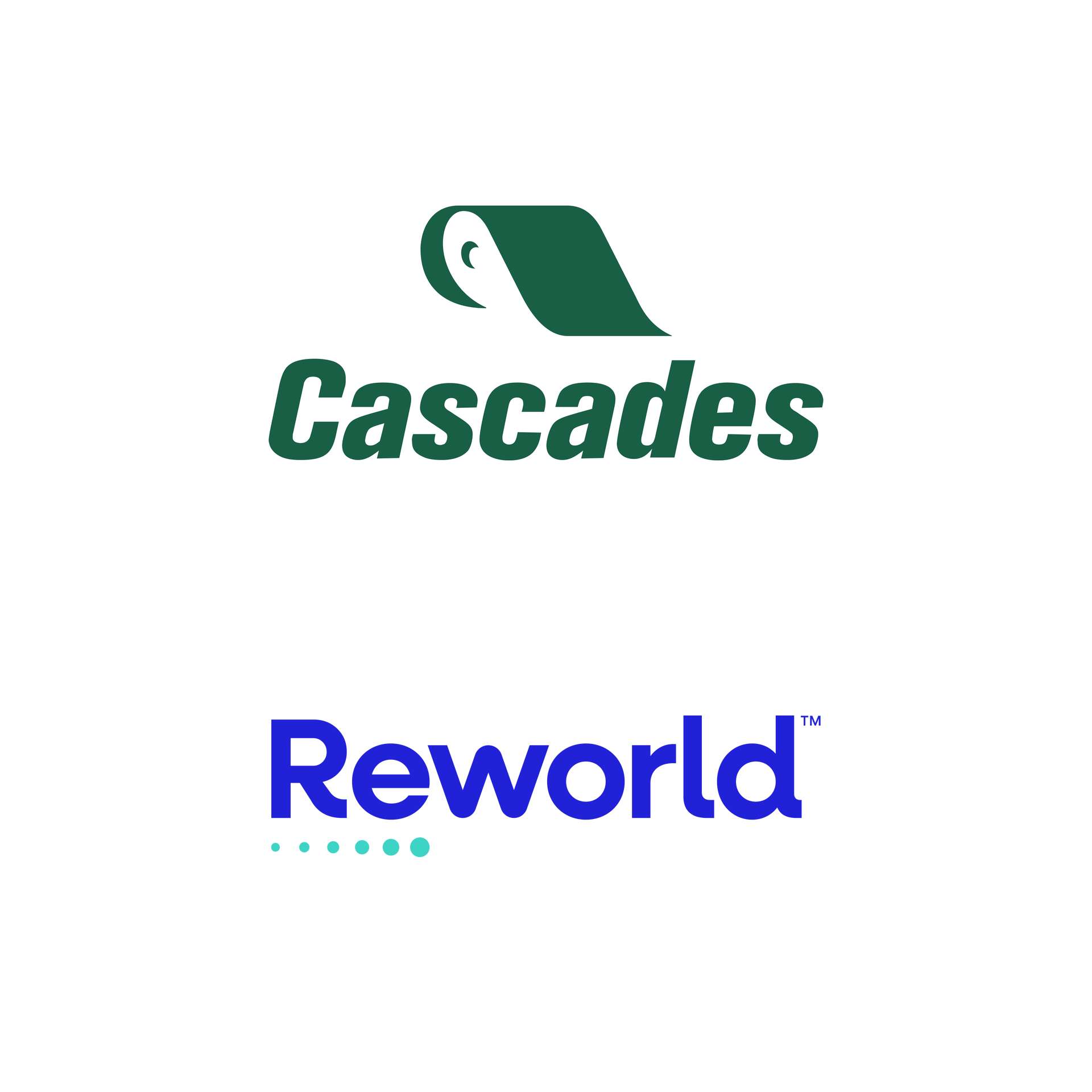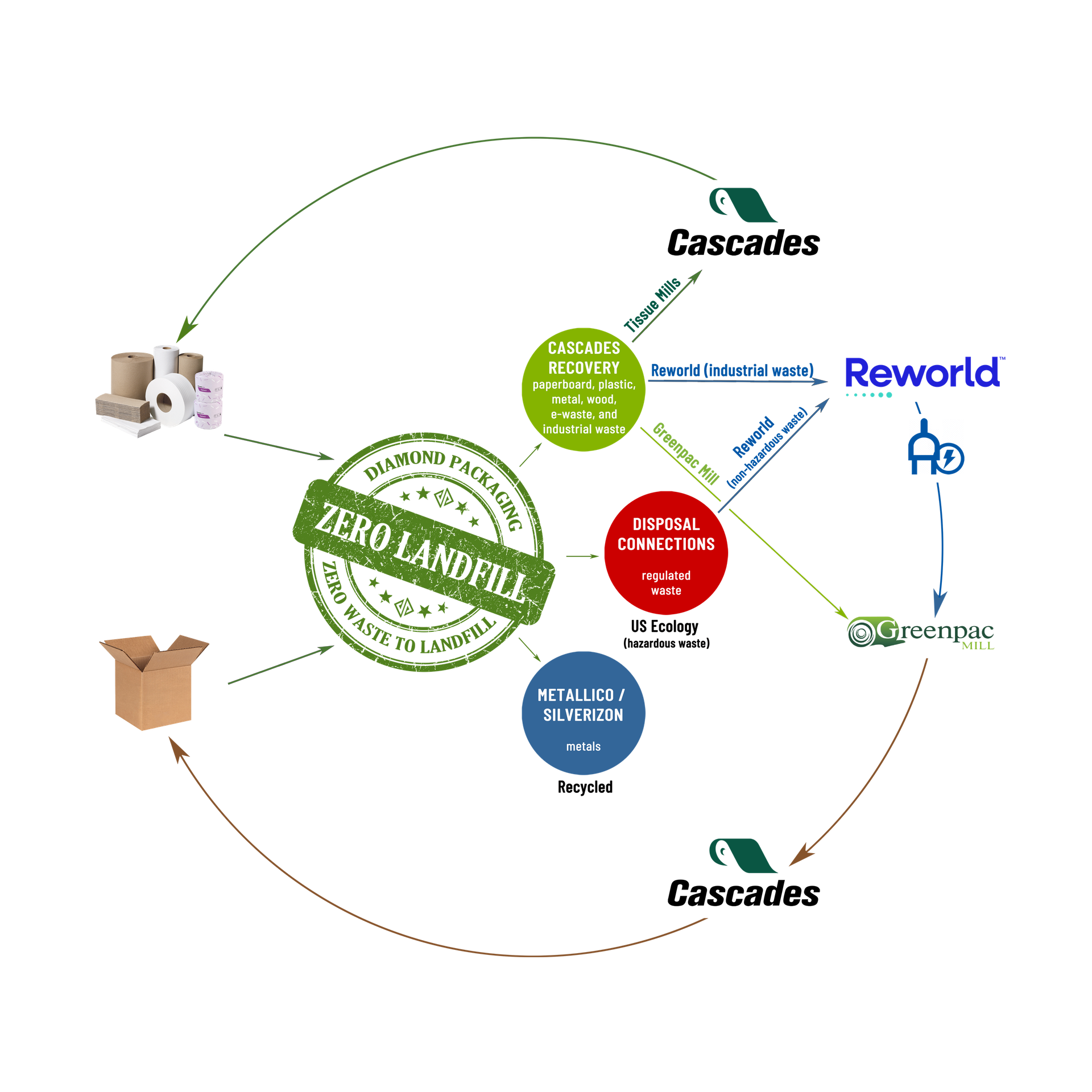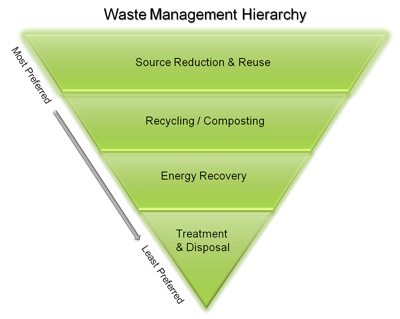Zero Waste to Landfill (ZWL)
In 2014 Diamond achieved zero waste to landfill (ZWL) status.
Zero Waste to Landfill
Diamond's Greenbox Initiative
Diamond measures progress on environmental issues through key metrics on its corporate Strategic Metrics scorecard, including Total Waste Recycled, Total Regulated Waste, and Recovery and Recycling. Its ‘Green Team’ meets on a regular basis to assess progress and determine future goals, including the greater use of recycled and FSC-certified materials.
In 2014 Diamond achieved zero waste to landfill (ZWL) status, becoming the first U.S.-based folding carton supplier to achieve the distinction.
The recovery and recycling program is a natural evolution of the company’s greenbox sustainability initiative and one which will provide long-term environmental and economic benefits. It is also part of a demonstrable effort to design and produce packaging within a restorative and regenerative circular economy.
Strategic Partnerships
Diamond achieved its zero waste goal through strategic partnerships with Cascades Recovery, Reworld (formerly Covanta Sustainable Solutions Group), and Advanced Waste Solutions. A collaborative task force was created to audit manufacturing and recovery methods and seek positive end-of-life scenarios (solutions) for all waste streams.
To achieve this goal, Diamond's two manufacturing facilities reduced their overall waste streams and increased recycling rates to approximately 97%. All remaining waste is sent for fuels blending or to Reworld for Energy-from-Waste (EfW), eliminating the need for landfill disposal.
Download the zero waste case study published by Covanta Environmental Solutions.

Circular Economy
Today the company is the start and end point for its own waste stream. With the help of Reworld, as well as additional partners, part of the paper waste stream that leaves the Diamond facility eventually returns in the form of raw materials (e.g., corrugated boxes, tissue).
- All paperboard is recycled
- All plastic is recycled
- All metals (plates, bands, copper brass stamping dies, steel rule) are recycled
- All wood pallets are recycled or reused
- All office waste and e-waste is recycled
- All remaining waste is recovered, eliminating landfill disposal:
- Non-hazardous regulated waste is sent to Reworld for EfW (Energy-from-Waste)
- All regulated hazardous waste is sent for fuels blending

Powering a Circular Economy
Niagara Falls, NY is best known for a natural wonder, but it's also home to an excellent example of a circular economy, anchored by a Waste-to-Energy facility. Learn how the facility:
- Converts un-recyclable waste into steam and electricity
- Provides steam for local businesses, avoiding the need for fossil fuel-fired boilers
- Reduces greenhouse gas emissions through an economical process
Waste Management Hierarchy
EPA developed the non-hazardous materials and waste management hierarchy in recognition that no single waste management approach is suitable for managing all materials and waste streams in all circumstances.
By following the waste hierarchy for the management of municipal solid waste, we can reduce our impact on the planet, lower greenhouse gas emissions, and save energy.

Waste-to-Energy (WTE)
Waste-to-Energy (WTE) — or Energy-from-Waste (EfW) — facilities offer a safe, technologically advanced means of waste disposal while also generating clean, renewable energy, reducing greenhouse gas emissions and supporting recycling through the recovery of metals. These alternative energy sources also reduce the need for fossil fuels.
Waste-to-Energy is recognized as a progressive waste and energy technology around the world. In fact, both the U.S. EPA and European Union recognize Waste-to-Energy as preferable to landfills, since it conserves energy and reduces methane (a greenhouse gas more potent than CO2) generation from landfills.
Three technologies are principally used for mixed municipal waste: direct combustion, pyrolysis, and gasification.
Direct combustion is the most common EfW implementation. It works by burning waste that cannot be recycled. The combustion process produces high-pressure steam that is converted to electrical power using a turbine and generator. The electricity is then fed into the national grid or supplied to the local community.
Energy-from-Waste — How it Works
Colorful drawings, simple diagrams, and step-by-step explanations outline the waste-to-energy process and explain the benefits. As the video depicts, Reworld's facilities provide sustainable, safe solid waste disposal for communities while generating clean, renewable energy.
Folding Carton Samples
Contact us for more information or to request a free folding carton sample kit. The kit includes examples of different paperboard substrates and capabilities, including specialty UV coatings, cold foiling, foil stamping, embossing, and windowing. All were produced with 100% wind energy in a zero waste to landfill (ZWL) facility, and are designed to attract the consumer’s attention when and where it matters most—at the point of sale.
